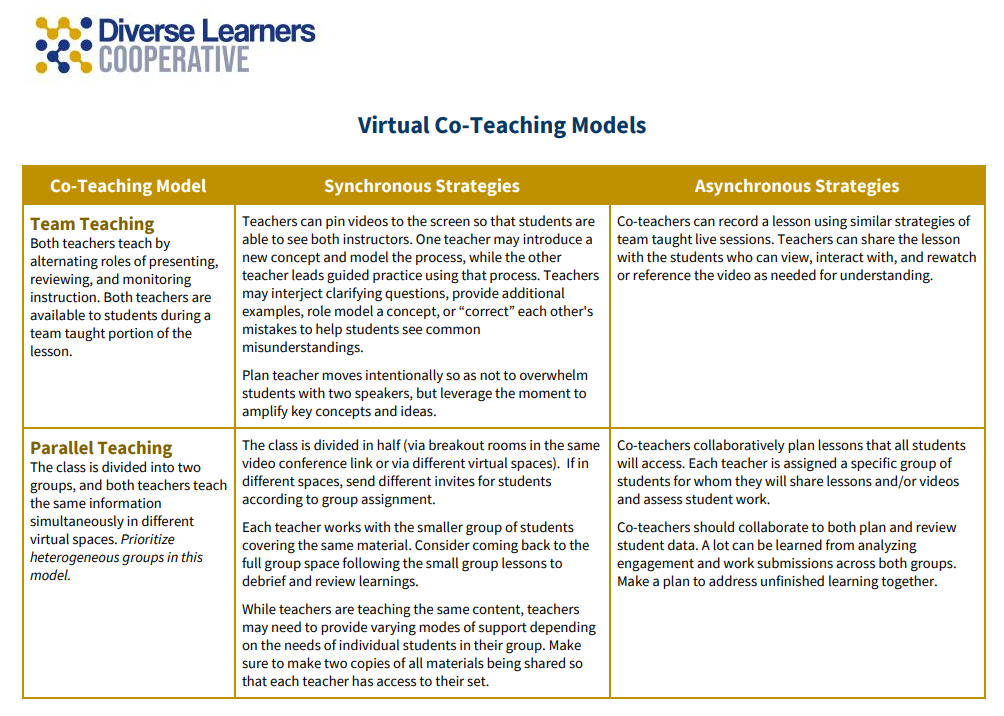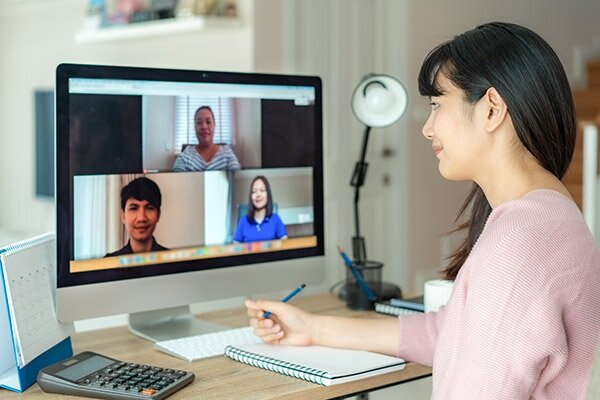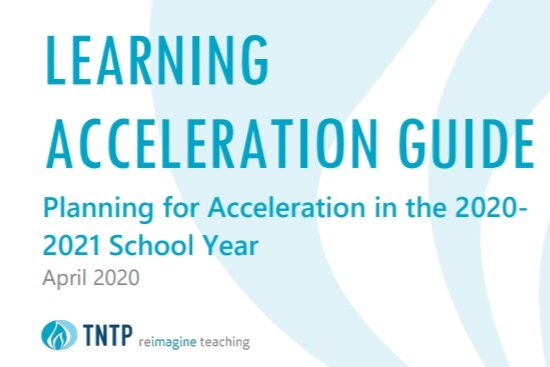
ACCESSIBLE INSTRUCTION
Reentry Resources
We have this moment to design to the edges of our school communities, to capture the interest and needs of our most vulnerable students through our instructional design. What is necessary for some students may benefit all students. Consider ways to expand your reach through universal design of learning.
NEW!
Virtual Co-Teaching Models
Check out this guide for a breakdown of co-teaching models across synchronous and asynchronous learning opportunities. Want more ideas on collaborative planning? Use this protocol to guide your work together.
Additional resources on the topic of accessible instruction are below. Need support in ensuring your team is equipped to deliver quality instruction for your diverse learners? Contact us!
Planning for Virtual Reading Intervention
Effective reading intervention is necessary now more than ever, as students and teachers work urgently to recoup learning losses due to school closures. The following planning template contains guided questions that can be used to design systematic and explicit reading intervention lessons for students during virtual learning.
Tools & Ideas for Scaffolding Distance Learning Tasks
So many great ideas for differentiating and accommodating learning tasks right in the technology platform. Watch this video tutorial to learn more!
10 Strategies Designed to Engage Elementary Students Online
These ten strategies are applicable for elementary children, but also across grade levels and especially for students with diverse learning needs.
Designing Engaging Online Lessons and Activities
Create flexible and engaging lessons that support all learners, which are inclusive of students with disabilities and language learners using School Virtually’s Guide. We specifically recommend the design worksheet as a coaching tool and the breakdown of remote SRSD for teaching writing.
UDL Lesson Planner
Planning a lesson with UDL includes three stages: Proactive design, implementation of the lesson, and reflection and redesign. Use this template from Understood.org to support this work in your daily and weekly lesson planning.
How Designing Accessible Curriculum For All Can Help Make Online Learning More Equitable
Whether deployed in a classroom or online, UDL focuses on integrating flexible pathways to learning that can address learner variability.
Student & Teacher Tech Tutorials
So many new technology tools! Use this handy resource of video tutorials for supporting students/families and teachers with new digital platforms.
The TIES Center guide provides a framework for supporting all students, including those with significant cognitive disabilities, to actively engage - with classmates, grade-level curriculum, and other essential skills. Many relevant and practical strategies are included.
Many of the strategies educators and leaders use during in-person settings can also be used in the distance learning environment — they just look a bit different. WestEd’s team explores how variety of classroom strategies can be reinvented for the virtual setting.
Karwai Pun, an interaction designer, created these dos and don’ts posters as a way of approaching accessibility from a design perspective. Currently, there are six different posters in the series that cater to users from these areas: low vision, D/deaf and hard of hearing, dyslexia, motor disabilities, users on the autistic spectrum and users of screen readers.
Schools need to be ready on the first day back with a fundamentally different strategy for diagnosing lost learning and putting every student on a fast track back to grade level—a strategy designed to accelerate their exposure to grade-appropriate work, not delay it. The Learning Acceleration Guide is designed to help school systems create and implement that strategy.
There isn’t one solution for increasing learner engagement and motivation. Online teachers need to combine multiple strategies to reach learners, such as strengthening relationships with learners, engaging families and helping learners connect with their peers.
Since many schools are moving to online instruction, WIDA reached out to educators in the WIDA International School Consortium to identify some of the unique opportunities and challenges for multilingual learners in online environments.














